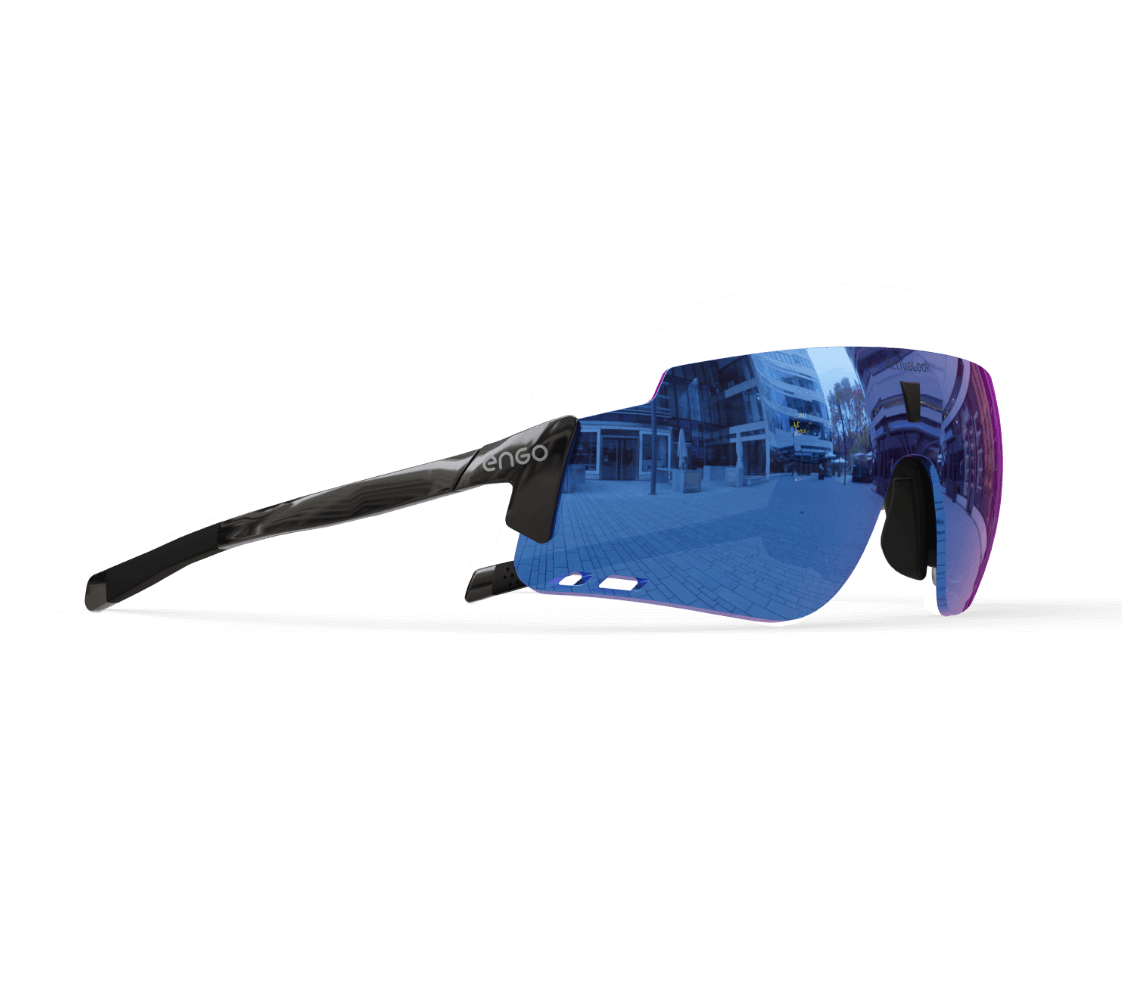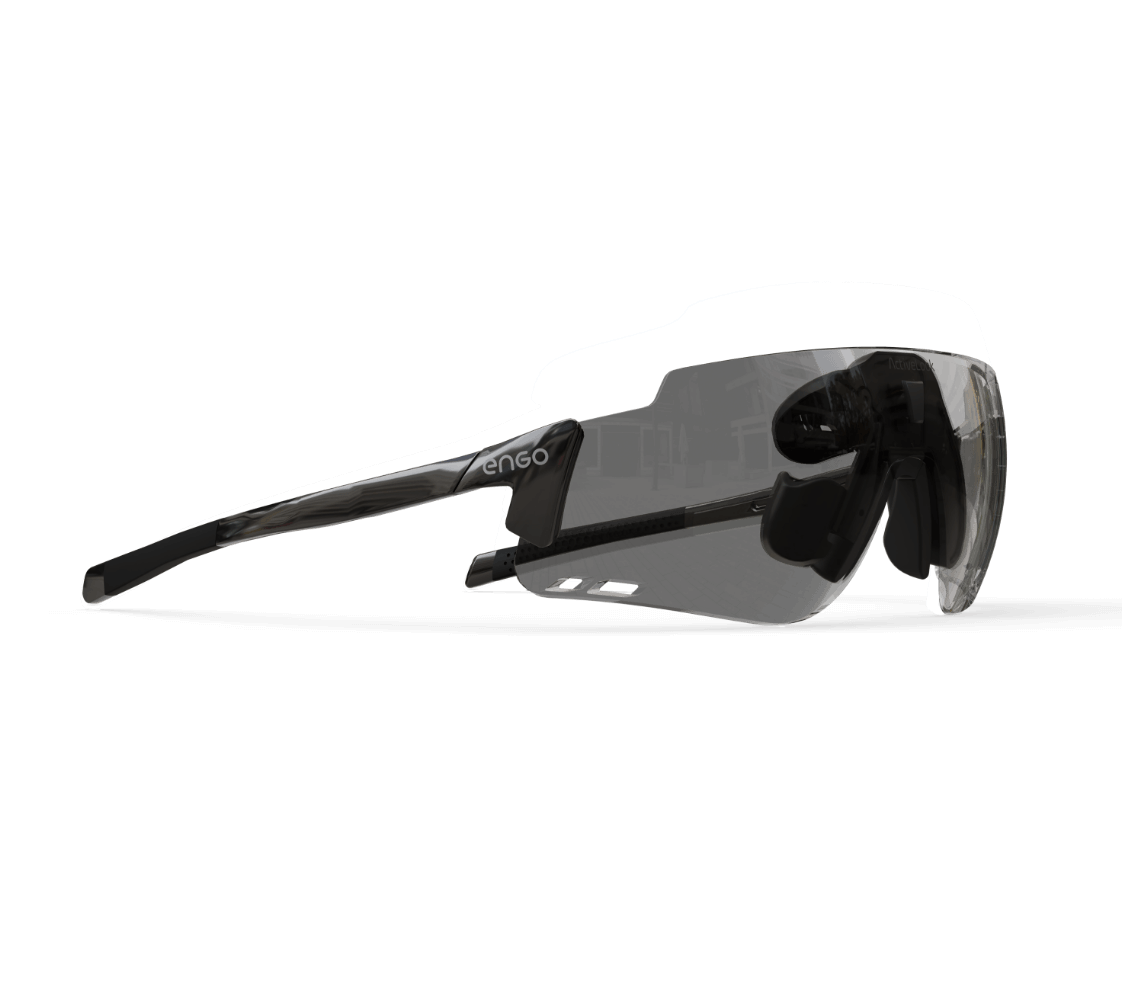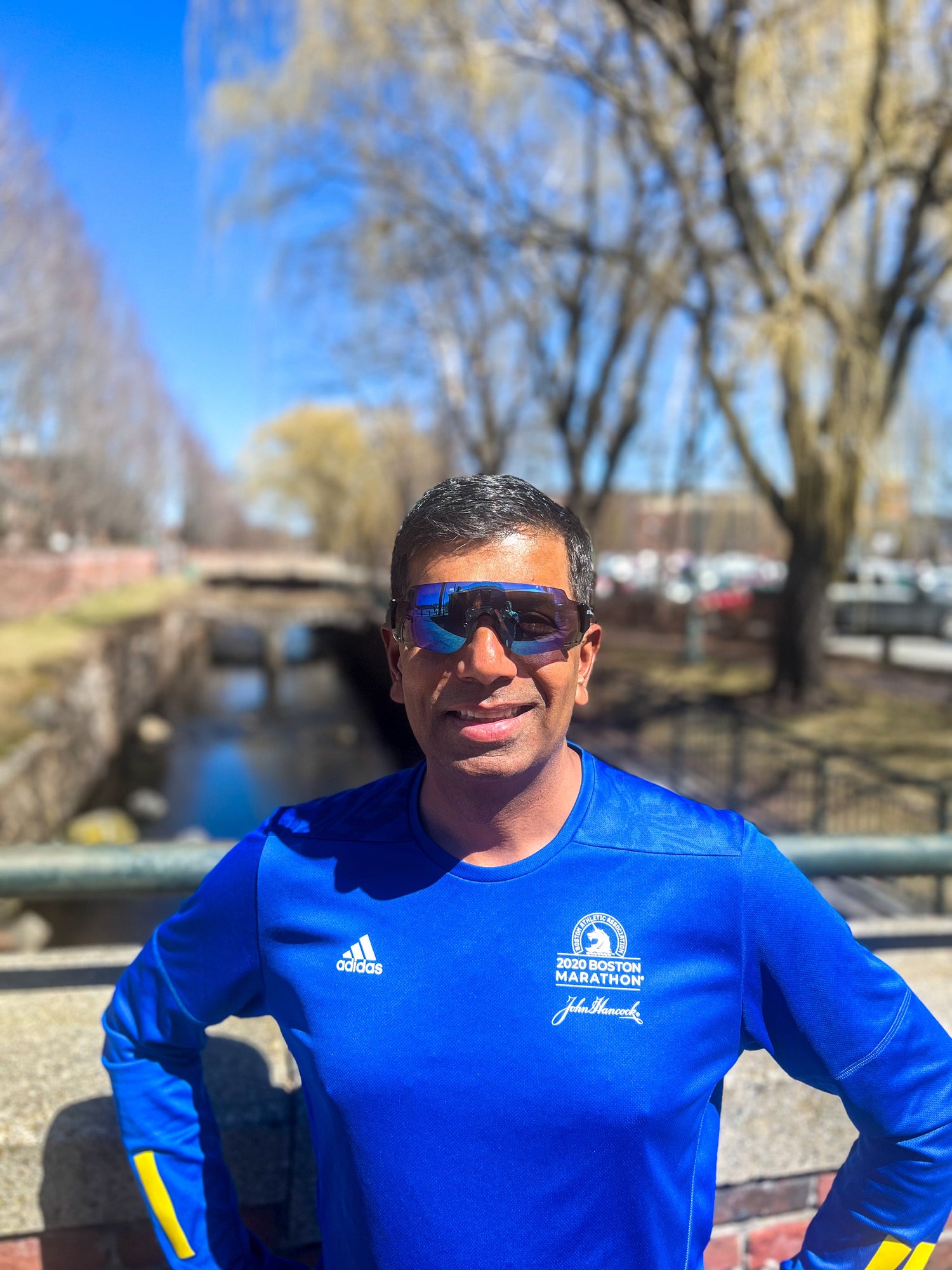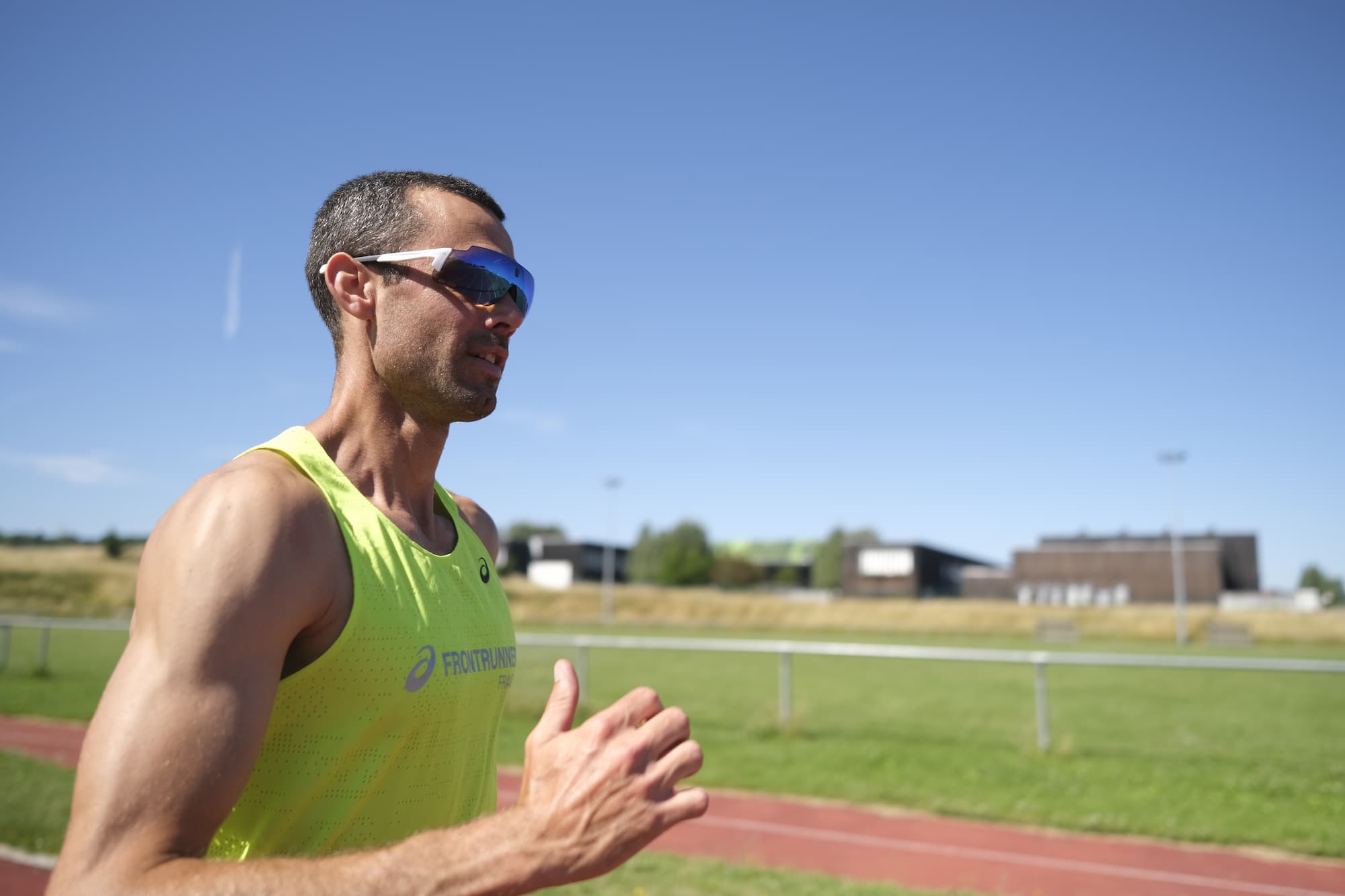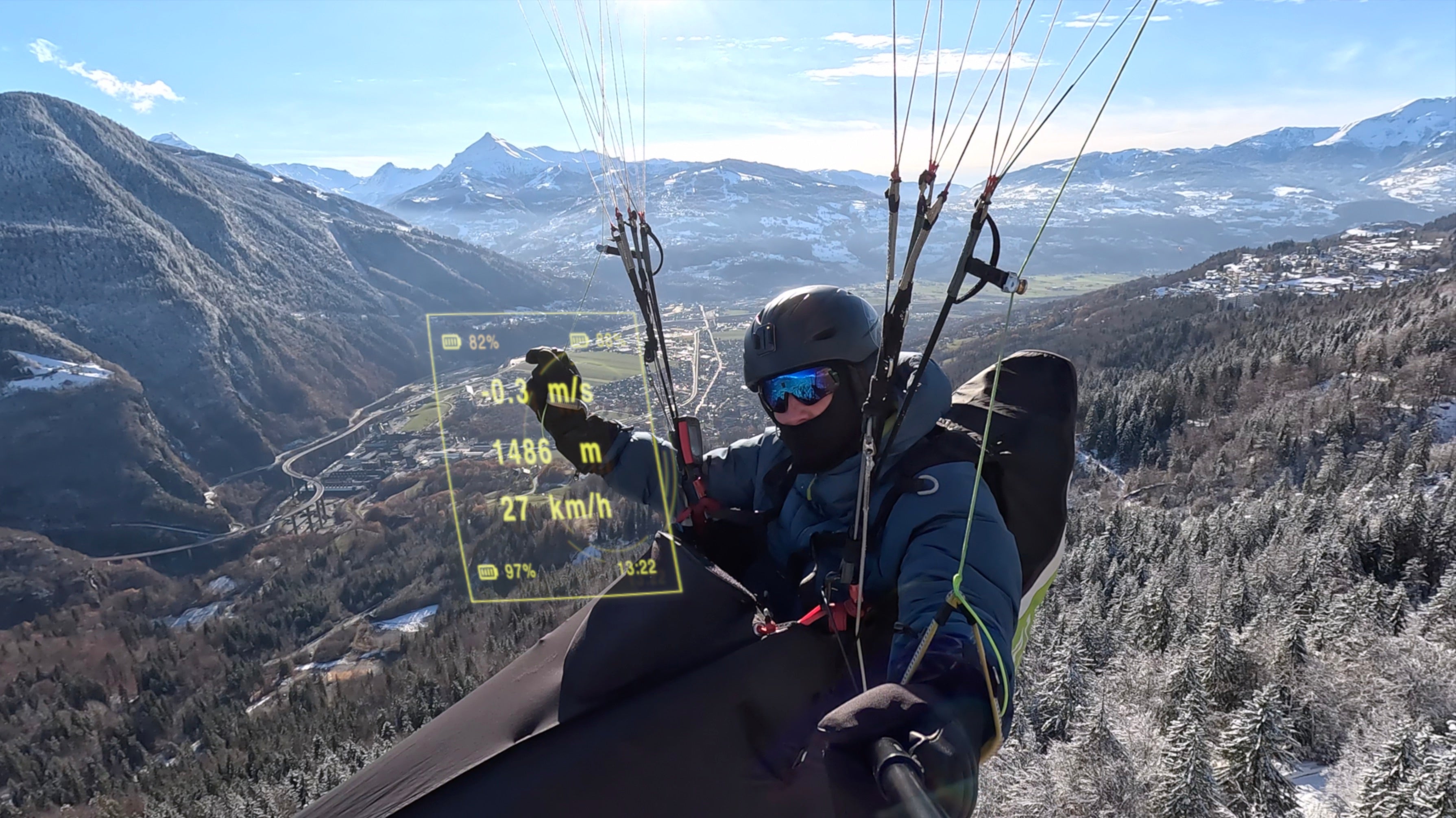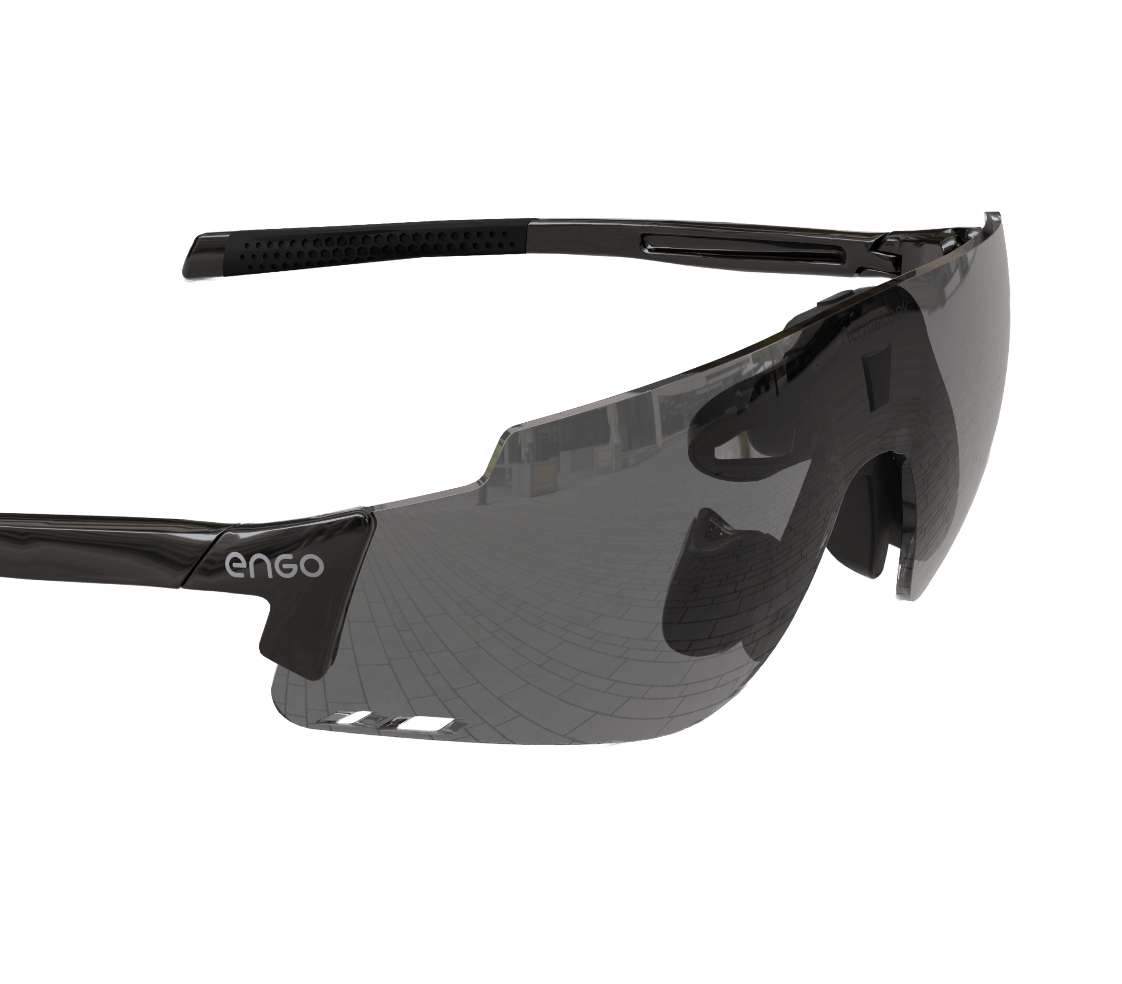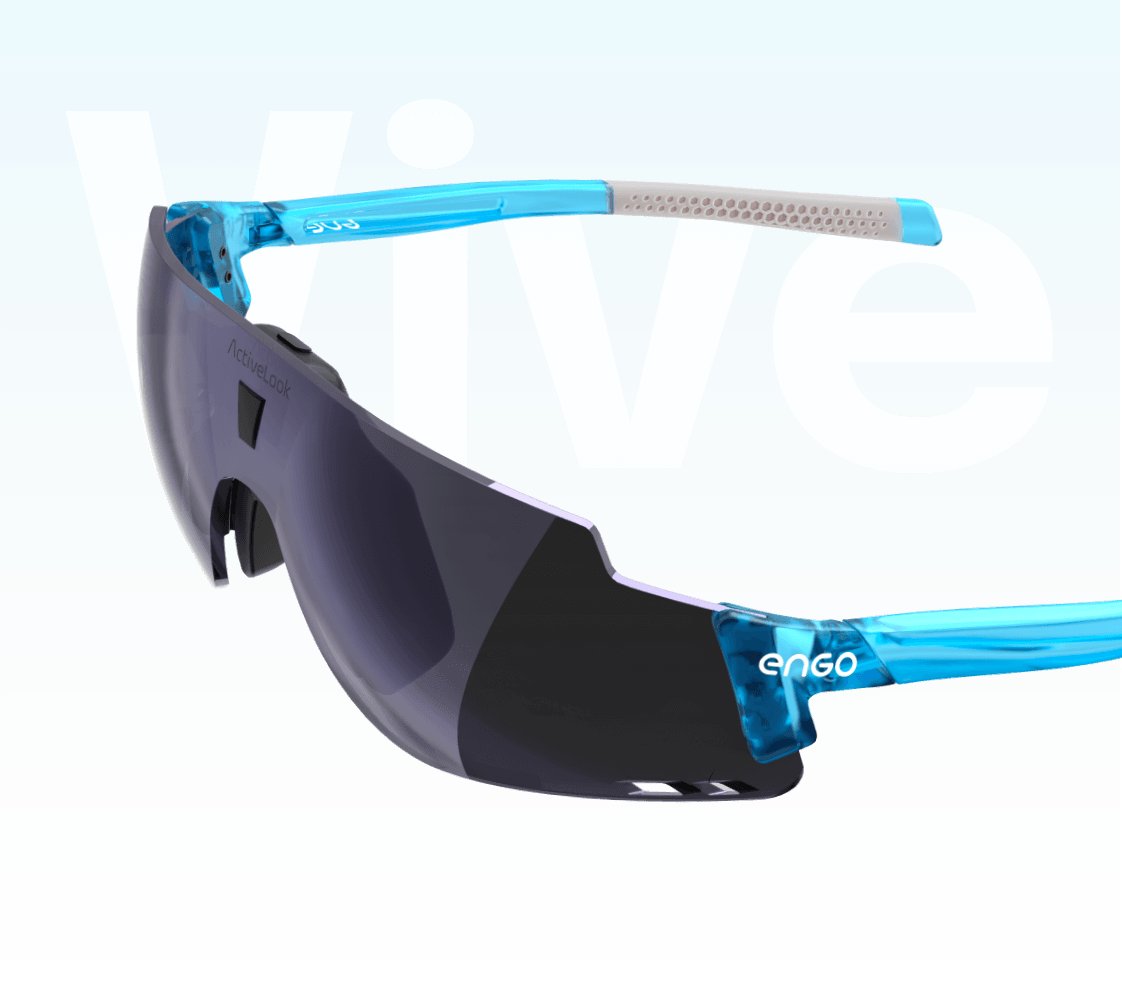
We're often obsessed with getting faster, but sometimes managing pace means slowing down. Here's how one ENGO user has prepared to run back-to-back marathons in Boston and London without injury. The following interview was conducted via email.
Who are you and what do you do for work?
My name is Mouli Ramani, and I am 53 years young. I'm the CEO of a Franco-American Biotech company, Aviwell SAS.
How did you get started running marathons?
It is an interesting story. In 2008, a friend of mine needed a last-minute replacement to complete his 12-person running team and I volunteered. Little did I know it was the infamous Reach-the-Beach (RTB) race in which teams run 200 miles in 24 hours with little to no sleep! I was among the slower runners on that elite team, but regardless I was hooked. I completed 10 more RTBs and ran my first marathon on my daughter’s 2nd birthday in 2012 as a reminder to myself to stay in shape so I could enjoy a long and healthy life with my kids!
How many times have you run Boston?
This will be my fourth Boston marathon.
What's your typical pace? Best result?
I generally complete the run in about 4 hours. My best result was in 2020 when I ran it in 3:55.
What's your goal for 2023?
Originally my goal was a 3:30 – 3:45 finish - but unfortunately, I have had both hamstring and calf issues all season. On the advice of my coach and chiropractor (also an avid runner), I need to cut my pace drastically to prevent injury. So, my revised goal is to complete both Boston and London in the same week with my family awaiting me at the finish lines and a huge smile on my face!
How much time do you typically commit to training? Any difference for 2023? Typical schedule?
I generally run between 25 and 35 miles a week, between 4-5 days a week. But as I previously mentioned, I have had to cut the mileage to avoid injury this year.
Any particular training approach?
I am a huge fan of the Hanson training method – and next year, I plan to recommit to this excellent program.
How do you balance work and training?
It is difficult, and frankly, it is the hardest part of running. The pressure and deadlines can be unrelenting in a small biotech firm. Paradoxically, it is when things are most stressful that I tend to enjoy my runs the most. It clears my mind and can change my perspective. It doesn’t hurt that I can’t answer my phone during my runs!
How has ENGO helped with training so far?
Honestly, it has been a game-changer. As previously shared, I have had to cut my pace to avoid exacerbating an injury. ENGO’s heads-up display and constant feedback prevents me from running too fast (i.e. my normal non-injury pace.) Any long-distance runner will tell you it is sometimes harder to run slower than to run at one’s natural pace. Without ENGO I may have needed to drop one or both of my marathons!
What data types are you using for training? What's your ENGO setup?
I tend to use the Apple data – as I find the setup easier. I use two screens:
Screen 1 is Duration, Distance, and Pace.
Screen 2 is BPM, Distance, and Pace.
As a side note, I wish I could squeeze all 4 onto one screen.
The big difference is that when my pace starts to get too fast, I know right away. This is far better than my watch.
Do you plan to run the event with ENGO? Will you change the configuration for the actual marathon in any way?
Without question, I will run with ENGO and I plan to change absolutely nothing!
Anything else we should know?
I am running the Boston in support of “Dream Big!”, a wonderful charity dedicated to providing girls from low-income situations with sports equipment, uniforms, athletic footwear, training expenses, and most essentially … the opportunity to participate in sports and physical activities that contribute to their health, education and overall well-being. It is a great charity and any donations are graciously accepted. Dream Big! is a qualified 501(c)3 charity – EIN#: 27-2204294.
Click here to learn more about Dream Big and donate to Mouli Ramani’s fundraising efforts.


